Nokia G10 Review: Big Value for the Patient User
Purchase Price: $149.99
We are a participant in the Amazon Services LLC Associates Program, an affiliate advertising program designed to provide a means for us to earn fees and support our channel by linking to Amazon.com and affiliated sites.
Product Specs +
- 6.5” IPS LCD, 720 x 1600 pixels, 20:9 ratio (~269 ppi density)
- MediaTek Helio G25 SoC
- 3GB RAM; 32GB Storage (expandable via microSDXC card)
- 5050mAh battery; 10W charging
- 802.11b/g/n WiFi (no AC), Bluetooth 5.0
- Dual physical SIM slots
Camera Specs +
Rear Camera
- 13MP Main + 2MP Depth + 2MP Macro
Selfie Camera
- 8MP photo; 1080p@30fps video
The Nokia G10 is one of the cheapest phones in the 2021 Nokia lineup. At $149.99, it delivers a pure Android experience at a rock bottom price. It has a massive screen and battery, and looks like it costs significantly more than it actually does. Is it too good to be true? Let’s find out.
What’s In The Box?
Phone, 10W AC Adapter, USB-C Cable, Jelly Case
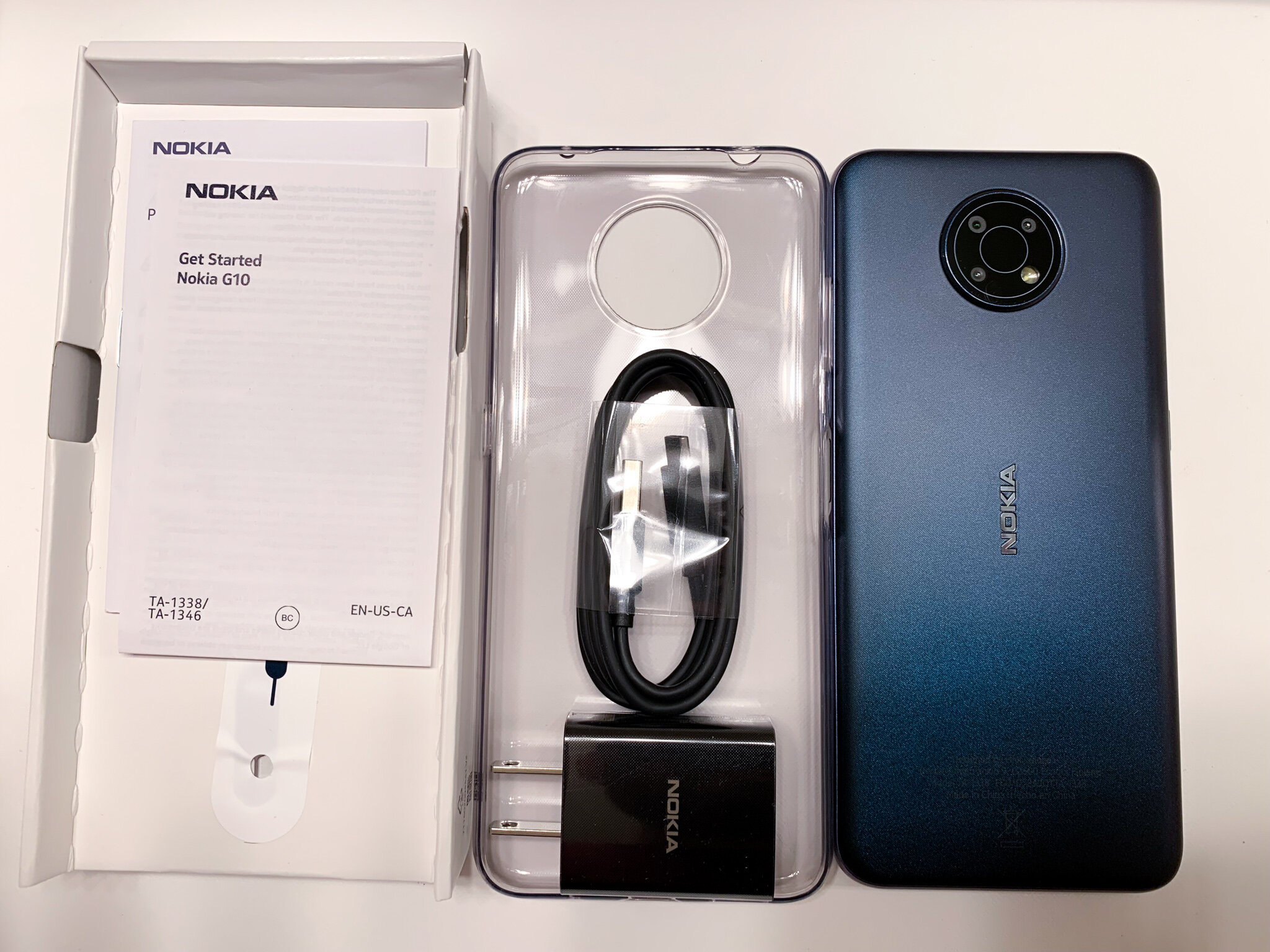
Pretty standard kit. The case is a nice bonus. Note that it is very low profile and does not create a gap large enough to protect the screen in case of a fall. Another nice bonus is a factory-applied plastic screen protector.
Hardware Overview/Build Quality
The G10 is a good-looking device. Its “Finnish Design” comes in two colors – Dusk (purple) and Night (blue), the color of my review unit.
Nearly the entire front of the device is taken up by the massive 6.5” HD + LCD display. The LCD does a good job at reproducing colors and has good viewing angles. One caveat is brightness – while sufficiently bright for indoor use, the display does not get bright enough for clear viewing in direct sunlight. The settings menu allows for user-adjustable white balance, a very nice touch in my opinion. Above the LCD, smack dab in the center, is a teardrop-style front facing camera.
The back of the phone contains an elegant triple camera array + LED flash. The cameras and flash are arranged as a square within a slightly protruding circle. Also on the back is a very classy metallic Nokia logo, and a textured plastic which feels kind of like carbon fiber.
Looking at the screen, the left side houses a dedicated Google assistant button which, unfortunately, cannot be reassigned. Above it is a massive sim tray containing three slots – two for sim cards, and one for a microSD card. Expandable storage is nice to see here given the 32GB of internal storage.

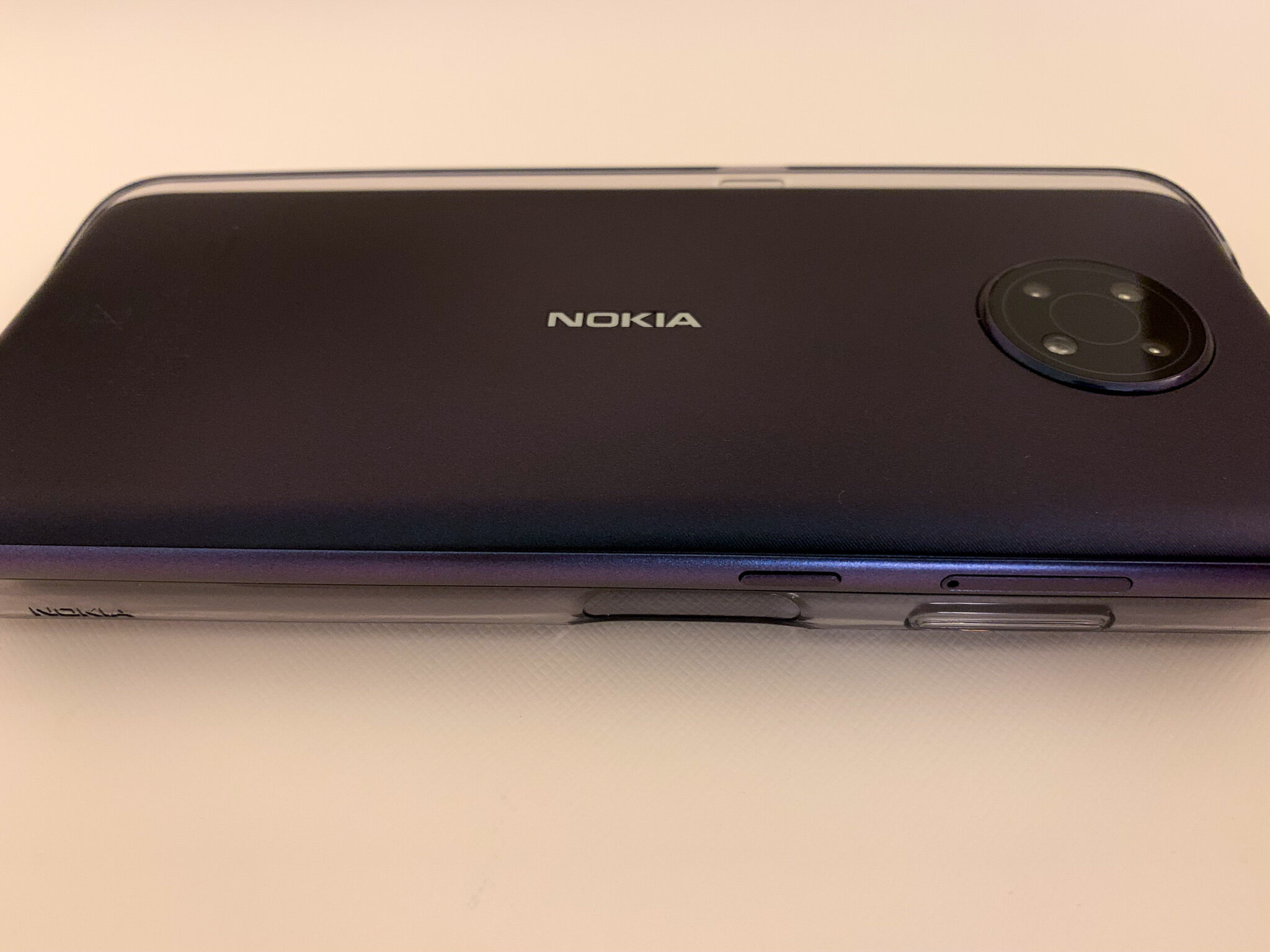

The right side of the phone houses a large volume rocker, and a slightly recessed power button with a built-in fingerprint reader. The reader is quick to respond and is reliable. Not my favorite location as it is very prone to accidental touches, but it works well.
Up top we have a 3.5 mm headphone jack and a microphone. At the bottom is a USB-C port, microphone, and the only loudspeaker on the device. The speaker is, frankly, disappointing. It is mono; the earpiece does not double as a second loudspeaker. Furthermore, the sound is tinny and lacks bass. Volume is sufficiently loud, but I would not recommend this phone for media heavy users unless using headphones.
Software Overview
Let’s get this one out of the way quickly – the facial recognition is slow and unreliable. I wouldn’t waste time activating it. Go for the fingerprint reader. As for the rest of the software experience:
The Nokia G10 ships with one of the most trimmed-down versions of Android 11 I have ever seen. No carrier garbage-ware. No advertisements. Not even some Google apps beyond the core set. This phone, part of the Android One project, truly is one of the purest Android experiences you can buy at any price point. The only negative “extra” I found was the Nokia user experience program which I promptly opted out of.
I test drove the phone for several weeks. During that period, I received two security updates which brought the software version all the way up to date with the latest version from Google. Very impressive stuff. I am not sure Nokia have the resources to release timely monthly updates the same way Google does for its Pixel line, but even bi-monthly security updates would put this phone ahead of most of its peers. With 2 years of updates promised by Nokia, I expect this phone to receive Android 12, and perhaps even Android 13. Finally, a budget phone that doesn’t instantaneously transform into e-waste!
Under the Hood
The G10 is powered by a MTK Helio G25 octa-core CPU, paired with 3GB of RAM. The phone is… slow. It gets most tasks done, however most feel far from effortless. While it is sufficiently performant for single-task use, it really starts to choke when trying to multi-task. If you are a patient user, the phone is still quite usable for day-to-day photo/video/web tasks. The upcoming Android 12 OS is supposed to be considerably more performant than the current Android 11. This is great news because devices like the Nokia G10 have a lot to gain from such optimizations.
The 5050 mAh battery is advertised as a “3 day battery”. While plausible for light users, I think it’s a bit of stretch for medium-heavy users. I averaged 7-10 hours screen-on-time consisting of web browsing, messaging, music streaming and the occasional video (no gaming). Charging the massive cell using the supplied 10W charger takes several hours. No quick charging and no wireless charging on this budget device. Not a deal breaker in my book.
Two noteworthy (read: negative) omissions are the lack of an NFC transmitter, and a strangely outdated WiFi transmitter. Not supporting NFC can be problematic in 2021, when several payment and transportation sometimes rely on tap-to-pay. Only supporting 802.11 b/g/n WiFi is bizarre, considering the fact that the subsequent 802.11ac standard came out in 2014. Long story short, you’ll only be able to connect to 2.4GHz networks, not 5GHz networks. Only supporting Bluetooth 5 is acceptable. Its successor Bluetooth 5.1 is fairly recent (2019).
To wrap up the section, I must mention that the G10 has a built-in FM tuner. Turn off that fancy streaming app, plug in a headset, and tune into your favorite radio station.
Camera
Decent. As with most budget phones, the G10 has an impressive looking camera array on the rear. The only truly useful sensor is the main 13MP shooter which produces solid images under good lighting. Low light and mixed lighting photos are less impressive.
Its neighbors, the 2MP macro lens and the depth sensor, are largely useless and exist primarily to appeal to the “more is better” crowd. Good macro images are very hard to capture, and the minuscule 2MP resolution makes them too small for most modern use-cases. Portrait mode, despite the dedicated depth sensor, has difficulty accurately differentiating between the subject in the foreground and the blurred background.
The 8MP selfie camera is a bit of a disappointment. I found it very hard to capture good indoor selfie shots, especially in low light scenarios. Instagram aficionados should probably look for a different device.
The camera app is standard. It includes photo, video, portrait, night, macro, time-lapse and panorama modes. It also includes a form-factor selector, motion mode, timer, and integration with Google Lens.
Shot on Nokia G10
Overall Thoughts
The Nokia G10 has a large screen, killer battery life, expandable storage, and reliable software support. There’s truly a lot to like here. If only it were faster, the G10 would be a no-brainer at $150. Given that it is not, I give this phone my “it depends” stamp of approval. Should you buy it? It depends! If you are a light user, or a patient one, go for it. It’s hard to find better value for your money if you insist on purchasing a new device. If not, get a used midrange device instead.

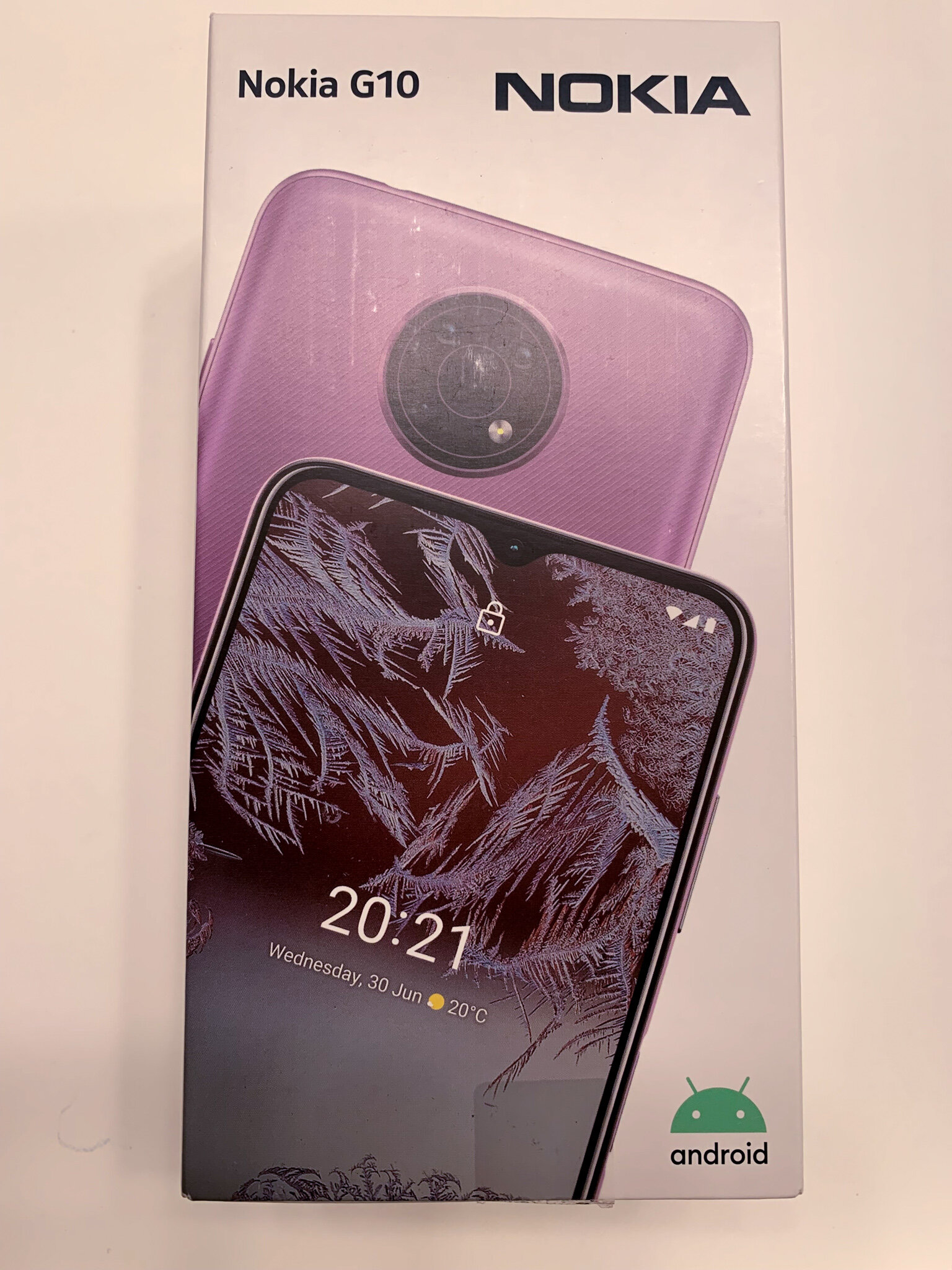
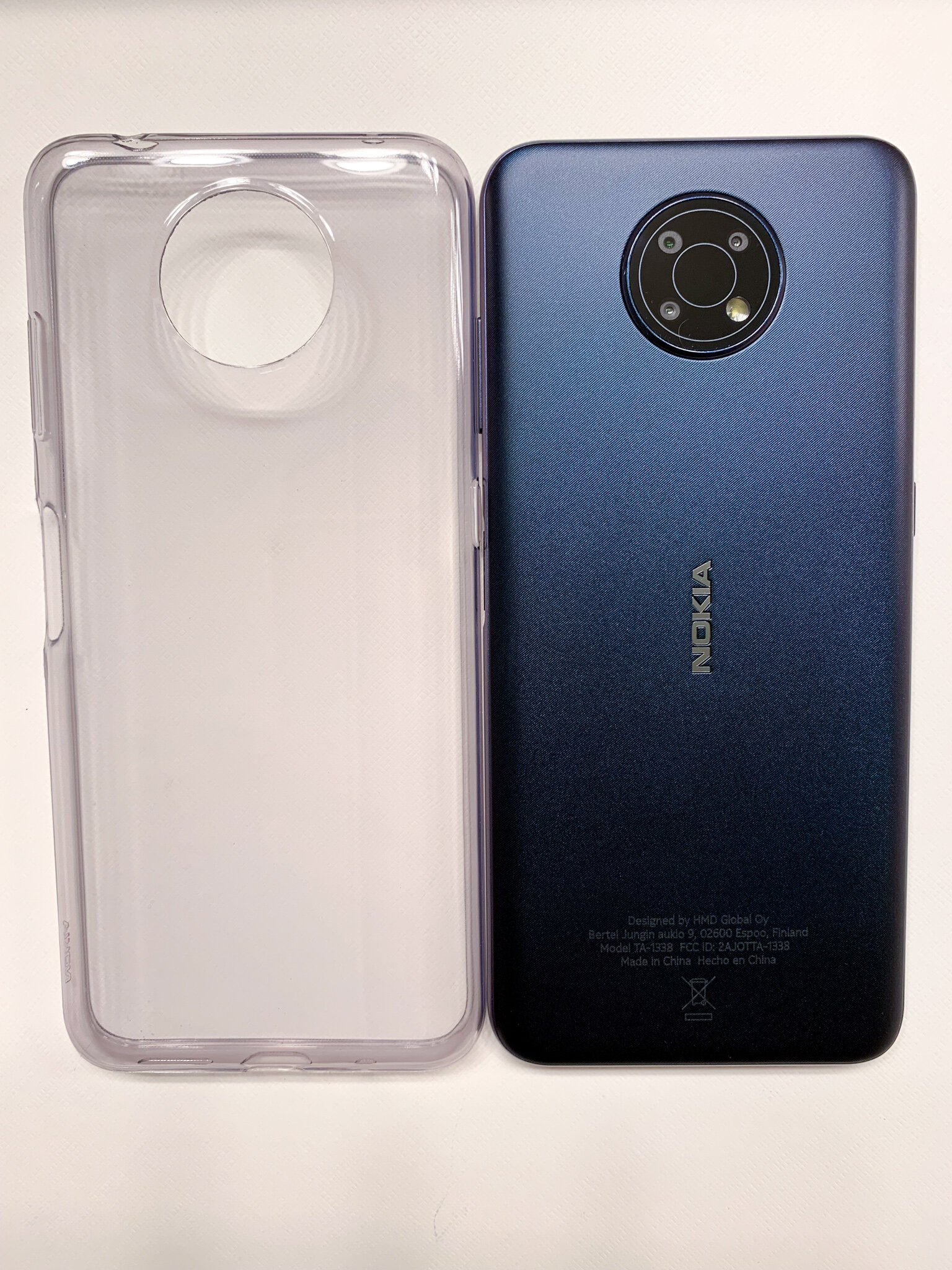
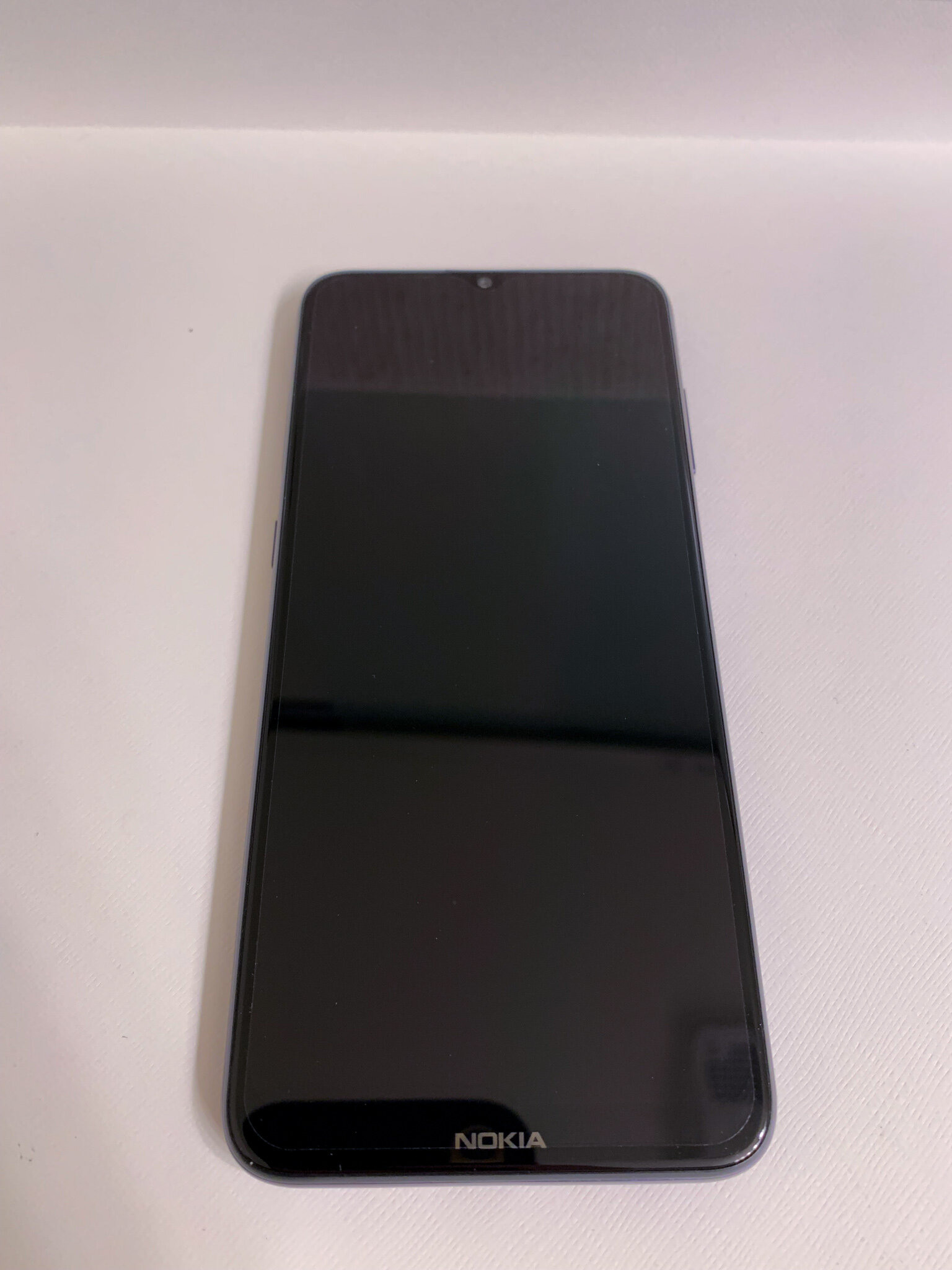



























Zeev
Zeev is many things: Software developer. Hardware tinkerer. World traveler. Deal hunter. Cheapo gadget enthusiast. Car guy without the fancy car. If something runs code or has wheels on it, Zeev will find a way to get it at a discount, and tinker with it into the wee hours of the night.